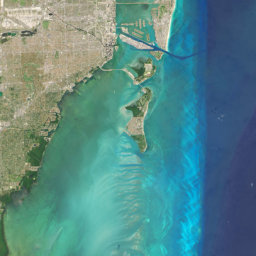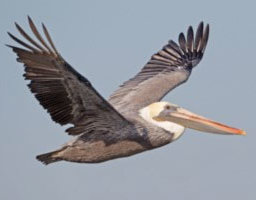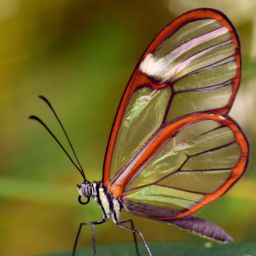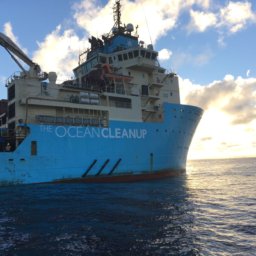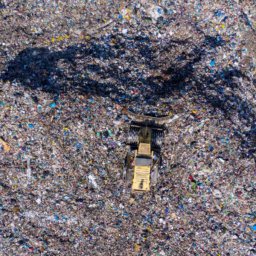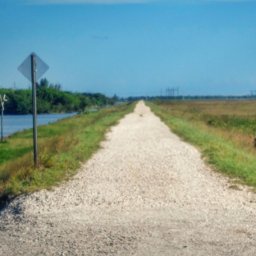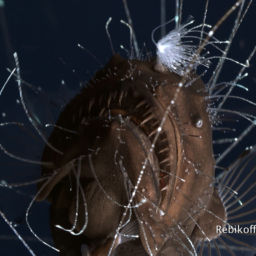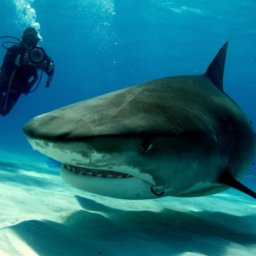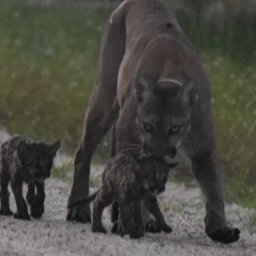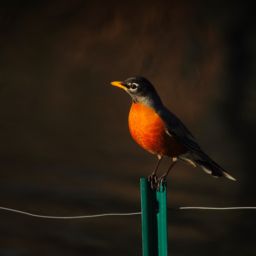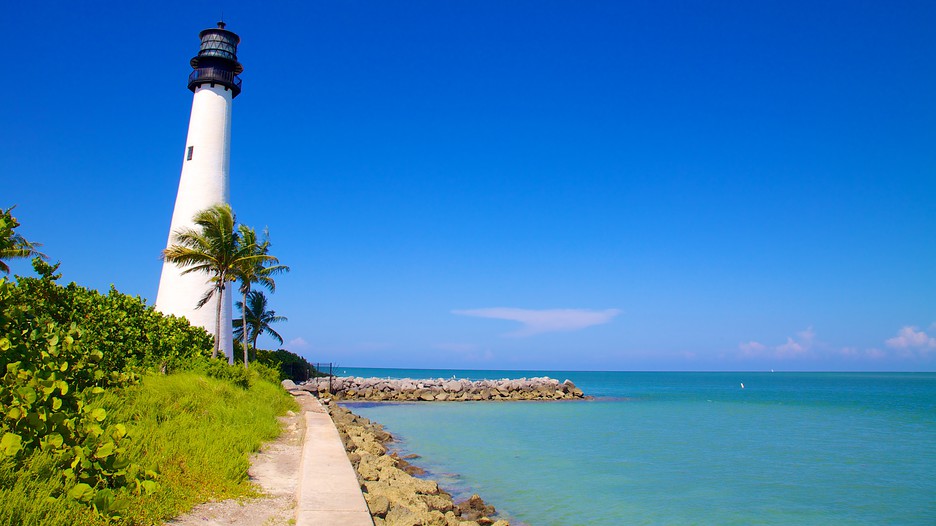
20 Years, 40,000 Birds: How One Small Scientific Station has Tracked South Florida’s Migrating Birds
In Bill Baggs State Park on Key Biscayne, the efforts of Michelle Davis, the scientist who founded the bird banding station in Cape Florida in 2002, have resulted in over 40,000 migratory birds being banded and traced over two decades.
The practice of banding birds dates back centuries. Romans tied knotted strings to birds to send messages. In the 1800s, banding was used across Europe as ornithologists discovered how useful tracking information could be. The U.S. began banding birds in the early 1900s, including a flock of black-crowned night herons in the Washington area. One of these birds became the first recorded long-distance traveler when it was later discovered in Cuba. In the 1920s, the U.S. Geological Society collaborated with the Canadian Wildlife Service to start the Bird Banding Laboratory, which collected the multiple banding organizations across the U.S. and parts of Canada under one umbrella.
Bird tracking has become more high-tech these days, including the use of satellites, radio tags, and modeling. Weather radar can often pick up migrating birds also, and citizen scientists have jumped into the mix using social media, various apps, and sites like eBird to collect data. Because of this, very few of the older banding stations are still operating and only three are consistently open, including Davis’ station. According to the Tropical Audubon Society’s executive director, Paola Ferreira, Davis’ station has “banded more than 114 different species and on average 1,900 birds get banded annually during the fall.”
When the pandemic hit in 2020, the already sparse funding for Davis’ banding station dried up, and for the first time it was in danger of closing. That’s when the Tropical Audubon Society stepped in to make the banding station part of its official mission so they could continue their research. “It would be sinful to let the station not continue collecting these data,” Ferreira told WLRN.
To learn more about the work of the Cape Florida Banding Station and how they catch and band birds without injuring them, click here.


